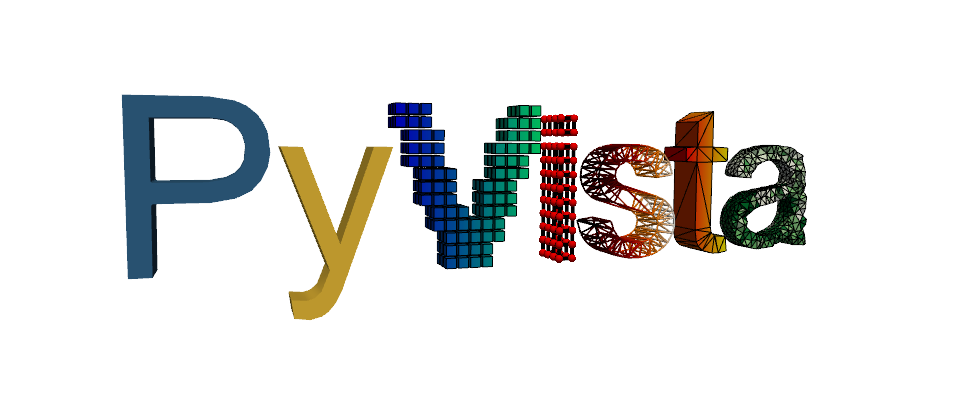Note
Go to the end to download the full example code. or to run this example in your browser via Binder
Clipping with Planes & Boxes#
Clip/cut any dataset using using planes or boxes.
import pyvista as pv
from pyvista import examples
Clip with Plane#
Clip any dataset by a user defined plane using the
pyvista.DataSetFilters.clip() filter
dataset = examples.download_bunny_coarse()
dataset
help(dataset.clip)
Perform a clip with a Y axis normal
clipped = ...
clipped
Plot the result.
pl = pv.Plotter()
pl.add_mesh(dataset, style="wireframe", color="blue", label="Input")
pl.add_mesh(clipped, label="Clipped")
pl.add_legend()
pl.camera_position = [(0.24, 0.32, 0.7), (0.02, 0.03, -0.02), (-0.12, 0.93, -0.34)]
pl.show()
Clip with Bounds#
Clip any dataset by a set of XYZ bounds using the
pyvista.DataSetFilters.clip_box() filter.
First, download an example dataset.
dataset = examples.download_office()
help(dataset.clip_box)
Clip the dataset with a bounding box defined by the values in bounds
(xmin, xmax, ymin, ymax, zmin, zmax)
bounds = [2, 4.5, 2, 4.5, 1, 3]
clipped = ...
clipped
Plot the original dataset and the clipped one.
pl = pv.Plotter()
pl.add_mesh(dataset, style="wireframe", color="blue", label="Input")
pl.add_mesh(clipped, label="Clipped")
pl.add_legend()
pl.show()
Clip with Rotated Box#
Clip any dataset by an arbitrarily rotated solid box using the
pyvista.DataSetFilters.clip_box() filter.
mesh = examples.load_airplane()
# Use `pv.Box()` or `pv.Cube()` to create a region of interest
roi = pv.Cube(center=(0.9e3, 0.2e3, mesh.center[2]), x_length=500, y_length=500, z_length=500)
roi.rotate_z(33, inplace=True)
pl = pv.Plotter()
pl.add_mesh(roi, opacity=0.75, color="red")
pl.add_mesh(mesh, opacity=0.5)
pl.show()
Run the box clipping algorithm with the defined box geometry.
extracted = ...
pl = pv.Plotter(shape=(1, 2))
pl.add_mesh(roi, opacity=0.75, color="red")
pl.add_mesh(mesh)
pl.subplot(0, 1)
pl.add_mesh(extracted)
pl.add_mesh(roi, opacity=0.75, color="red")
pl.link_views()
pl.view_isometric()
pl.show()
Crinkled Clipping#
Crinkled clipping is useful if you don’t want the clip filter to truly clip cells on the boundary, but want to preserve the input cell structure and to pass the entire cell on through the boundary.
This option is available for pyvista.DataSetFilters.clip(),
pyvista.DataSetFilters.clip_box(), and
pyvista.DataSetFilters.clip_sruface(), but not available when clipping
by scalar in pyvista.DataSetFilters.clip_scalar().
# Input mesh
mesh = pv.Wavelet()
Define clipping plane
normal = (1, 1, 1)
plane = pv.Plane(i_size=30, j_size=30, direction=normal)
Perform a standard clip
clipped = mesh.clip(normal=normal)
Perform a crinkled clip to compare
crinkled = mesh.clip(..., normal=normal)
Plot comparison
pl = pv.Plotter(shape=(1, 2))
pl.add_mesh(clipped, show_edges=True)
pl.add_mesh(plane.extract_feature_edges(), color="r")
pl.subplot(0, 1)
pl.add_mesh(crinkled, show_edges=True)
pl.add_mesh(plane.extract_feature_edges(), color="r")
pl.link_views()
pl.show()
